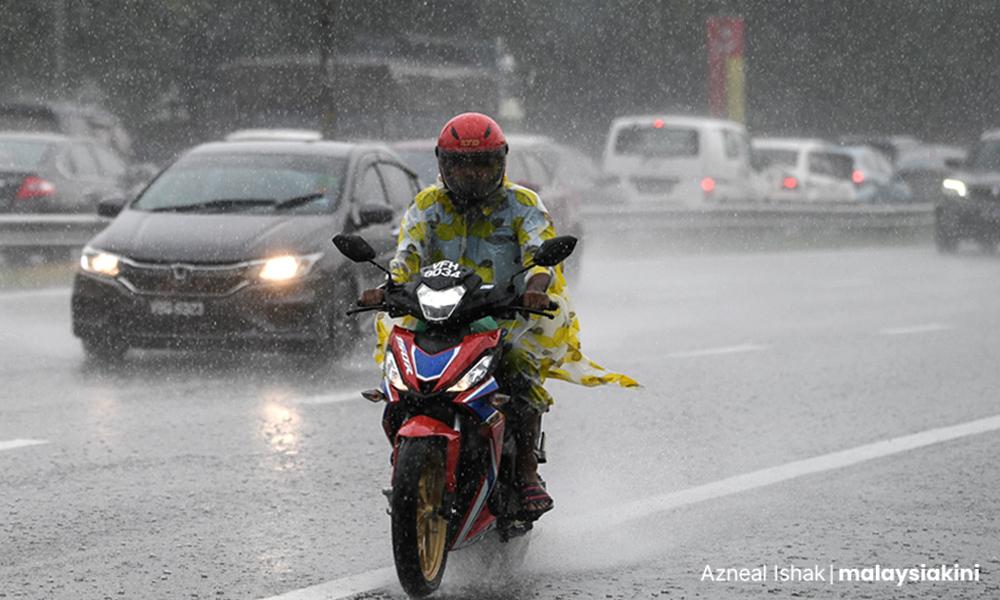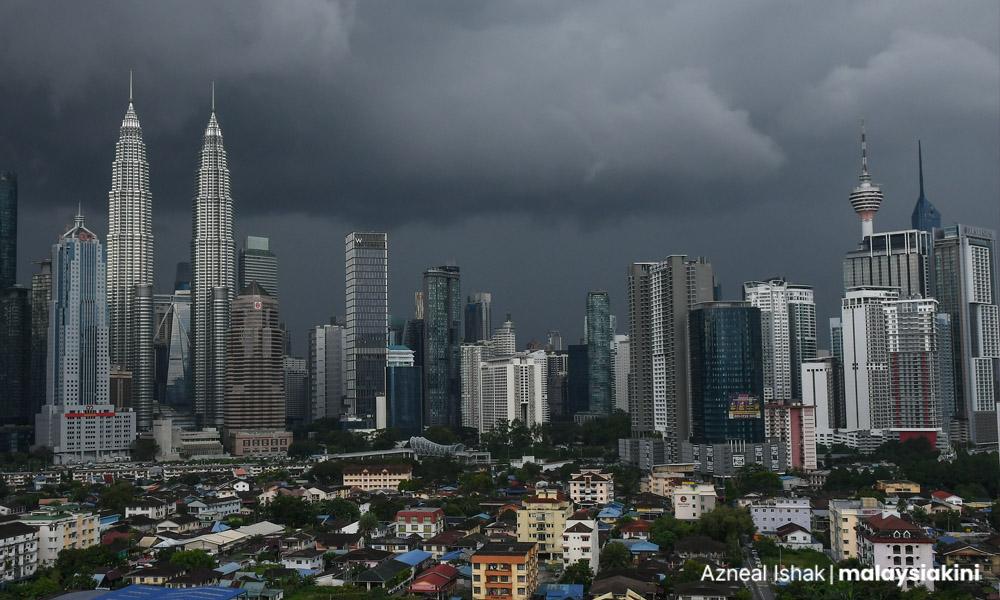The other day, during a stakeholder engagement event, one NGO representative was disappointed to see plastic water bottles still being supplied at the Putrajaya International Convention Centre (Picc), despite repeated reminders.
I recalled him saying: ‘‘I thought Nahrim (National Water Research Institute of Malaysia) has come up with commercial potable rainwater and the Natural Resources, Environment and Climate Change Ministry is promoting it? Why do we still see plastic water bottles here? We talked about this before!’’
Ideally speaking, single-use and non-biodegradable products should be phased out and replaced with eco-friendly alternatives wherever possible.
However, this should be done gradually because a blanket ban on plastic water products or the like is not feasible and may lead to a public outcry.
False perception
When it comes to rainwater innovation, Nahrim aims to harvest rainwater to better prepare Malaysia for issues of water scarcity due to climate change. But public acceptance matters too.
To most people, rainwater is unsafe to drink even after going through water treatment. I know of some die-hard fans of mineral or distilled water who will never swap their ‘‘pure drinking water’’ for anything else!
These health-conscious people will nag me about the harm of raw dirty rainwater, chemical disinfection treatments and the associated adverse health effects.
This is amusing for a forestry graduate like me, who has bathed, cooked and even drank river water. If what he said is true, I must have been extremely lucky to not catch any water-borne diseases or die of poisoning!
Look around, our neighbour Singapore has been a champion in recycling wastewater. Apart from producing water from treated wastewater and collecting more rainwater from the increased number of reservoirs, I am impressed to read about the desalination plants that treat seawater or brackish water.
Each plant can produce up to 30 million gallons of drinking water per day and easily meet up to seven percent of Singapore’s daily water demand!
Untapped rainwater
But for Malaysia, we don’t need to go that far as our country is blessed with rich natural resources. In 1982, the Japan International Cooperation Agency (Jica) released a report titled ‘National Water Resources Study, Malaysia’ which estimated about 5,000 billion cubic metres (m3) of untapped underground water throughout Malaysia.

The then-water, land and natural resources minister Xavier Jayakumar also once said that Malaysia utilised less than three percent of its underground water compared to other countries like Denmark at 100 percent, Thailand at 80 percent and the United States at about 50 percent.
Currently in Malaysia, underground water is mostly catered for industrial uses with some exception in states like Pahang, Perlis, Terengganu, Kelantan, Sabah and Sarawak, where it is used as a source of drinking water.
I believe that more can be done to look at ways to extract and optimise the use of our huge underground water resources!
Besides, rainwater harvesting is something worth exploring as Malaysia has relatively higher annual rainfall compared to other countries.
The amount of rainwater stored can be crucial in meeting water demands, especially during dry periods or during water disruption issues.
In a journal paper titled ‘A Review of Rainwater Harvesting in Malaysia: Prospects and Challenges’, Nor Hafizi Md Lani and his team discussed some of the challenges in implementing a Rainwater Harvesting System (RWHS) in Malaysia.
In this respect, cost remains the biggest challenge. Installation of RWHS is estimated to take between US$400 and US$3,000 (US$1 = RM4.67). Therefore, it is deemed more economical to implement RWHS in commercial buildings, which has higher water tariff and water consumption.

As for installation in houses for domestic utilisation, the government can encourage its usage by providing incentives and having more awareness campaigns.
Another challenge is poor reception from the public, as the average water tariff in Malaysia is among the lowest in the world (US$0.20/m3), compared to developed nations like Singapore (US$2.39/m3), New York (US$3.1/m3) and Amsterdam (US$5.2/m3).
Taken for granted
Additionally, we tend to take our abundant rainfall for granted, considering that we live in a tropical country. Most people believe that drought is rare in a country with Malaysia’s climate, hence harvesting rainwater is not being taken seriously.
For me, I believe all drinking water needs to go through the same processes of removing contaminants and undesired debris before it can be declared safe for consumption.
We call it “sky juice” for a reason, as it comes from the sky and should be regarded as a gift from God.
When it rains, regardless of whether it either seeps into the earth and nourishes the soil or soaks into the ground to become groundwater, it is the purest form of water. - Mkini
CHONG YEN MEE is a technical analyst for the Natural Resources, Environment, and Climate Change Ministry who enjoys writing doomsday stories that make people act.
The views expressed here are those of the author/contributor and do not necessarily represent the views of MMKtT.




No comments:
Post a Comment
Note: Only a member of this blog may post a comment.